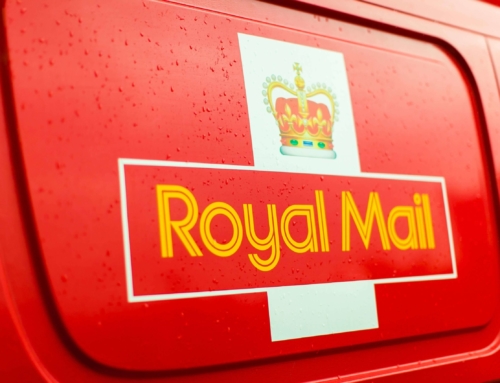The cost-of-living crisis is really beginning to show its teeth when it comes to charitable donations. According to the Charities Aid Foundation (CAF) UK Giving Report nearly 60 percent of respondents said that the crisis will negatively impact their ability to donate. In April, one in 25 people reported that they had already cancelled a regular donation to charity, and by October this had risen to one in ten as a direct response to the rising cost of living. Similarly, 1 in 12 people said they had chosen not to make a one-off donation whilst a large number also said they had reviewed how much they give to charity.
Due to this less than rosy outlook, many charities are shifting their marketing activities in favour of donor retention, rather than acquisition. However, the data shows that current retention levels are also weak with a 50-60 percent attrition rate of first-time donors in the UK. Likewise, Wood for Tree’s Sector Report revealed that average lifetime value has also fallen since last year from £55 to £50 and cross-selling is down, suggesting people are becoming more selective in the way they support charities
Despite this, this type of fortress defence strategy is normal in times of recession since it is significantly more cost effective to keep an existing supporter than to find and convert a new one. There are other benefits too. These include:
- The ability to reduce costs by reducing the number of annual appeals. With, 50 percent fewer donors, the average gift size of those remaining would need to double. Since this is unlikely, what tends to happen is that charities increase the number of appeals, particularly email appeals to acquire at a faster rather than they are shedding. While this may work in the short-term, excessive communication results in additional donor attrition
- Bringing in larger gifts. If 50 percent of donors leave annually, the majority of those donors are gone in five to six years. But research shows that the 5th or 6th year is the prime time to begin discussions of a major gift or legacy
- Take advantage of the opportunities that existing customers present for ‘cross’ and ‘up-selling’. In the fundraising context, existing donors can be persuaded to upgrade their giving, make additional donations, purchase from the trading catalogue, or volunteer, for example
- Utilise the additional feedback that customers are willing to supply as relationships grow stronger. Continuing contact enable charities to improve the quality of the service they deliver and enhances word of mouth
With all these in mind a new academic study by the Institute for Sustainable Philanthropy which tests loyalty drivers therefore comes at a very welcome time!
The report calls into question the traditional approach to retention – building security, commitment, and trust. It suggests that whilst important, these have little to do with the behaviour of committing money. To prove this it measured commitment, satisfaction and trust among donors then waited a year and added in actual recorded behaviour to the dataset. By doing this it found that what predicts giving intentions is broadly not what predicts actual behaviour. Instead, it suggests that to drive donor behaviour charities must focus on how giving leaves people feeling, with the experience of positive emotion, feelings of encouragement and uplift appearing most effective.
Moving forward charities are recommended to focus their retention activity on communications that inspire positive emotion. Direct mail is now the most popular form of communication as it is tangible and has a high perceived value. This combined with the fact that it can be personalised. As a result, campaigns which thank donors by name for their support and showcase exactly what their money achieves will ultimately help charities improve their attrition rate, enabling them to shore up donations in these tricky economic times.
Clean data is therefore critical. Donor data decays at a rate of at least 36 per cent a year, for instance, despite the cost-of-living crisis latest housing market statistics shows that home moves and the appetite to move house within the next 12 months is still at its highest level for over a decade. This means that without effective data hygiene practices in place charities stand to loose track of many of the valuable audiences, which they can ill afford.
For further information on how to ensure your retention campaigns are as effective as possible please don’t hesitate to contact us. To read more about the Institute for Sustainable Philanthropy’s new research follow this link: Loyalty Meets Philanthropic Psychology: A New Approach to Supporter Retention





